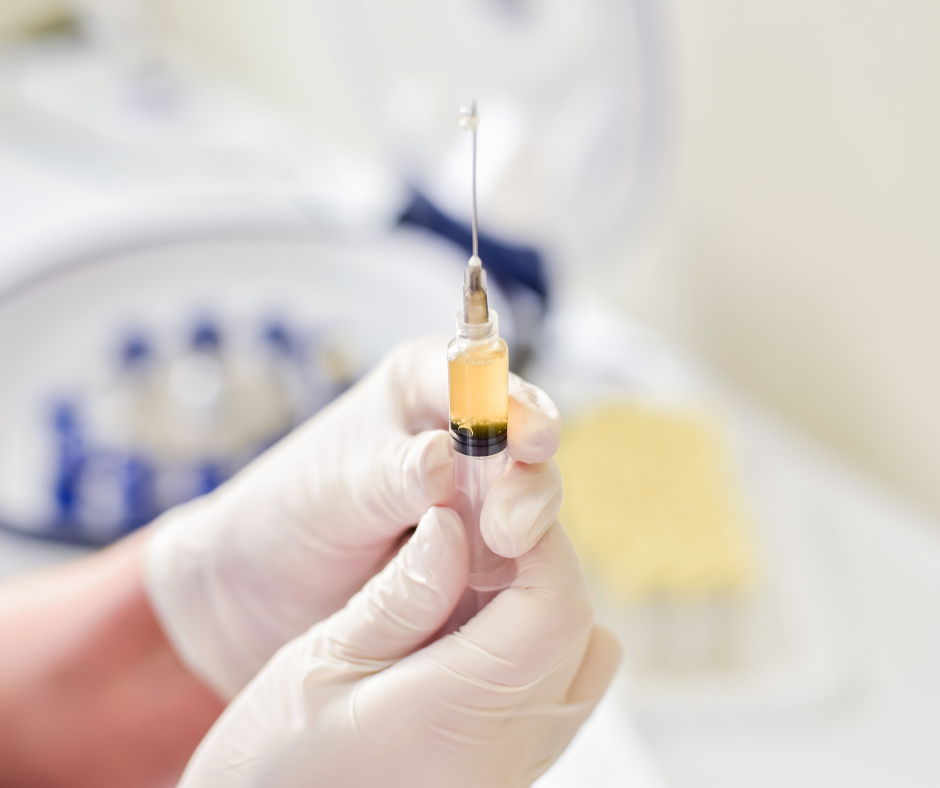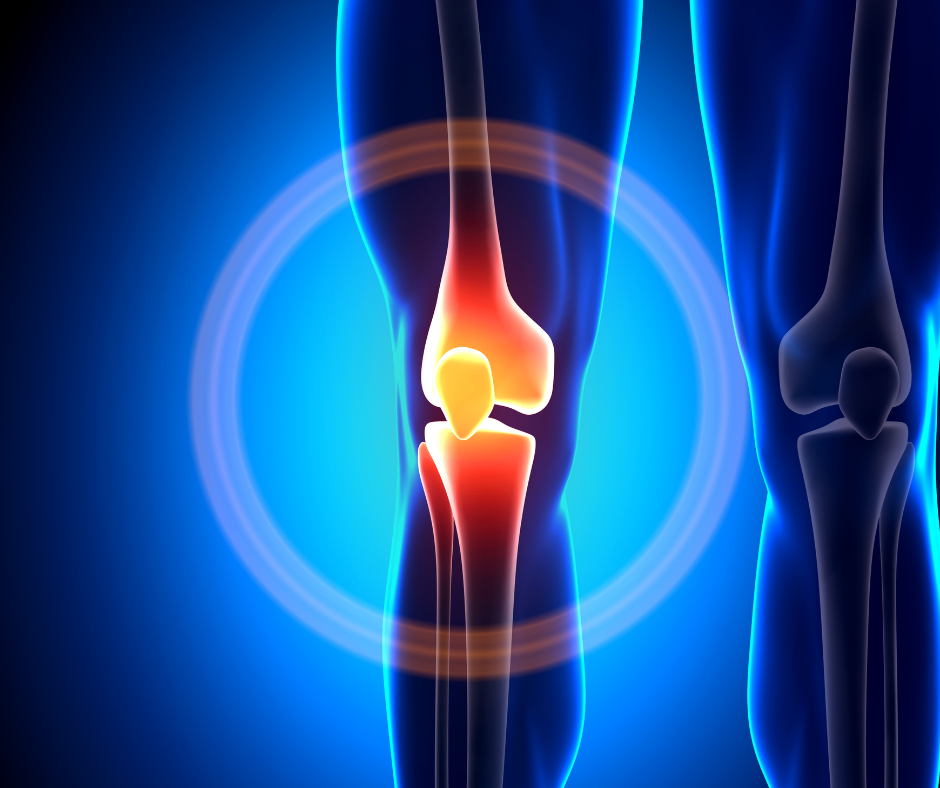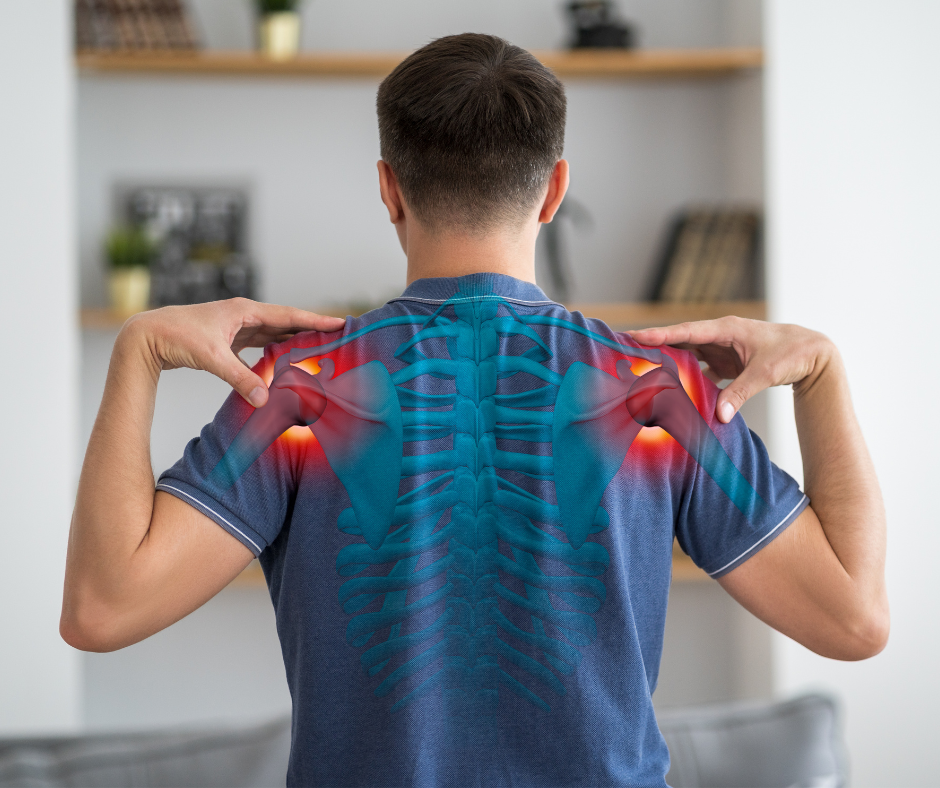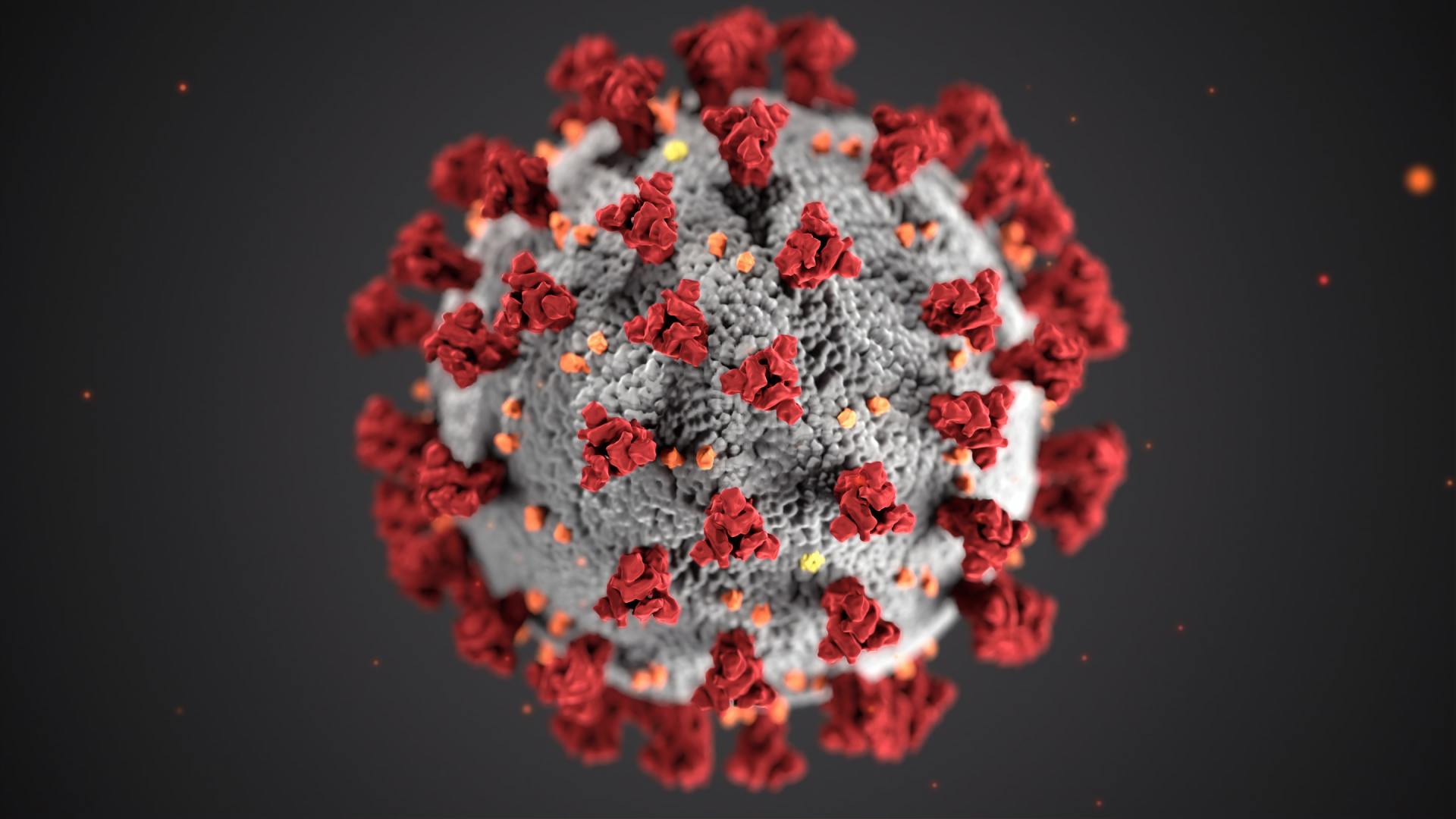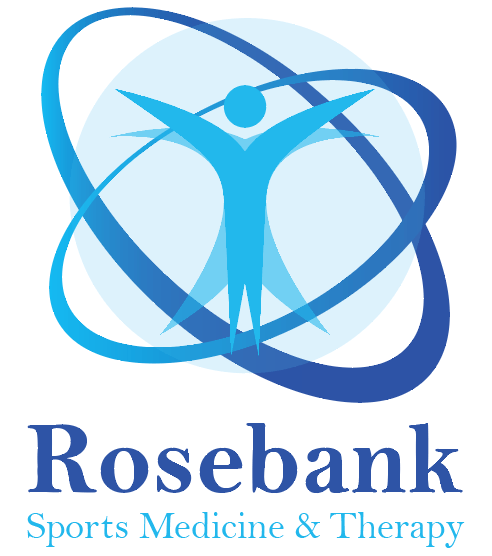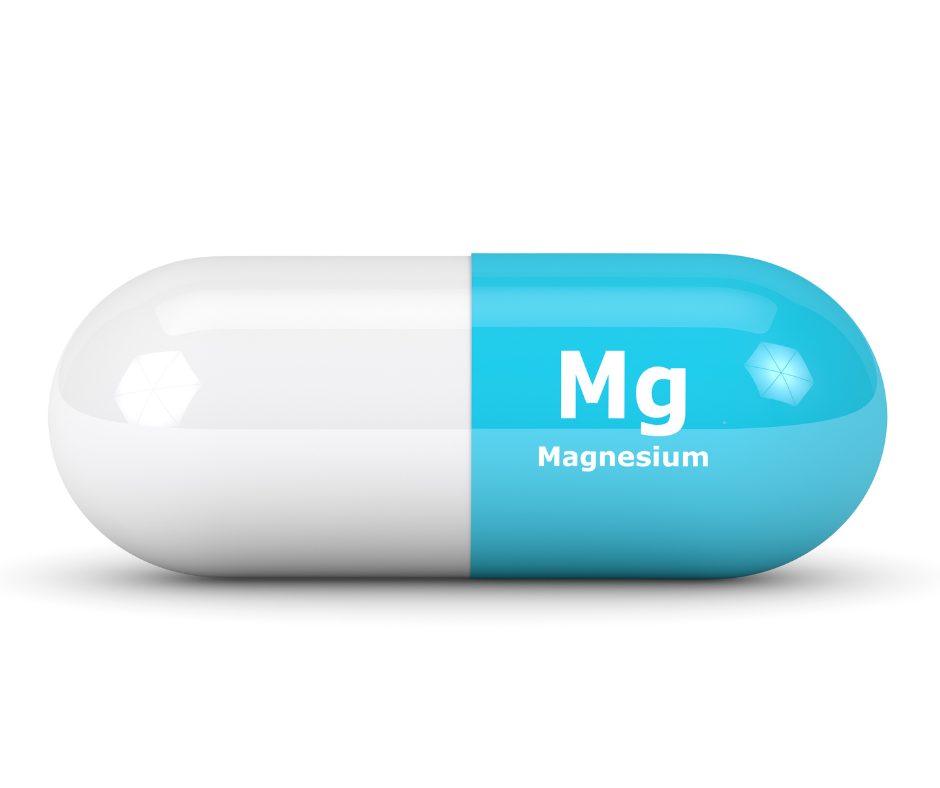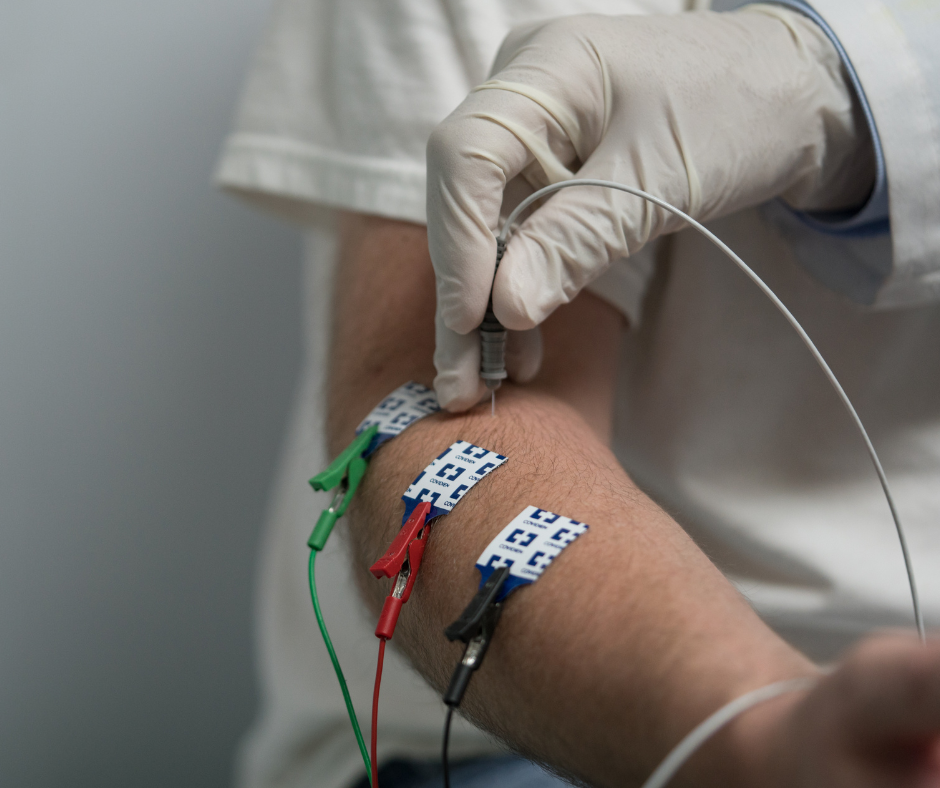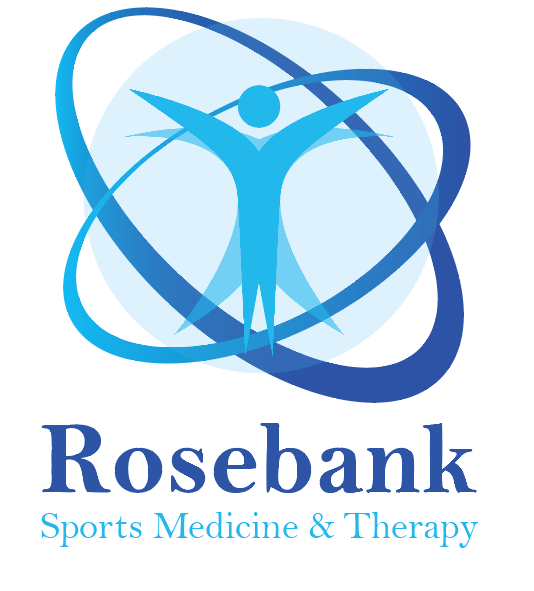Unlocking Healing Potential: TB4 Fragments and BPC-157 Peptides in Renal and Neurological Diseases

Therapeutic peptides like Thymosin Beta-4 (TB4) fragments and BPC-157 are emerging as promising agents for addressing complex renal and neurological disorders. Here’s how they work and why they matter:
Renal Disease: Targeting Fibrosis and Inflammation
TB4 fragments, particularly Ac-SDKP, demonstrate potent anti-fibrotic and anti-inflammatory effects in chronic kidney disease (CKD). By inhibiting TGF-β pathways and reducing collagen deposition, they protect podocytes and endothelial cells from injury, slowing CKD progression. BPC-157 complements this by mitigating drug-induced nephrotoxicity and ischemia-reperfusion damage, preserving kidney function through anti-apoptotic and anti-oxidative mechanisms. Together, these peptides address fibrosis, inflammation, and cellular repair—key factors in renal pathology.
Neurological Repair: From Stroke to Neurodegeneration
BPC-157 shines in central nervous system (CNS) disorders. In stroke models, it reduces hippocampal neuron loss, restores memory, and improves motor coordination by modulating gene expression and reducing inflammation. It also accelerates spinal cord injury recovery, resolving paralysis and enhancing nerve regeneration. TB4’s role in neurological contexts is less studied, but its ability to promote cell migration and angiogenesis could synergize with BPC-157 to support neurovascular repair.
Synergy in Action
Combining these peptides creates a multiplicative effect:
- TB4 fragments enhance cell migration and tissue remodeling.
- BPC-157 boosts fibroblast function, growth hormone signaling, and neuroprotection.
Together, they address both structural (fibrosis, neuronal damage) and functional (inflammation, oxidative stress) aspects of disease.
Future Directions
While preclinical data are compelling, human trials are needed to validate efficacy and dosing. For now, these peptides represent a frontier in regenerative medicine, offering hope for conditions like CKD, stroke, and neurodegenerative diseases.
Takeaway
TB4 fragments and BPC-157 are not just healing agents—they’re potential game-changers for multi-organ repair. Their combined use could redefine treatment paradigms for diseases where traditional therapies fall short.
